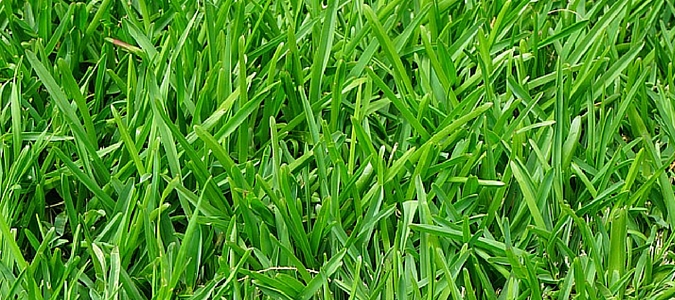Savvy Strategies for Creating the Ultimate Backyard Oasis
Easy landscaping options that work
It’s fun to sit on the deck and imagine converting the backyard into a peaceful, personal retreat. If those daydreams include minimum work, natural beauty and creative touches, why not turn them into realities? With a few smart strategies, you can easily upgrade that simple backyard into the ultimate Hill Country oasis.
Keep Plans Simple
The secret to a successful backyard makeover is simplicity. This strategy lets you design an inviting getaway that doesn’t require constant upkeep. Start with a plan that breaks that square yard out of the box. Create colorful corridors with bright containers that define space and raise your gardening above ground level. Soften fence corners with feathery shrubs like aromatic Texas sage and fast-growing artemisia. Plant paving stones in that shady spot under the live oak, and turn it into your favorite outdoor reading room. Work with what you have, and enjoy the path … Read Full Post »

